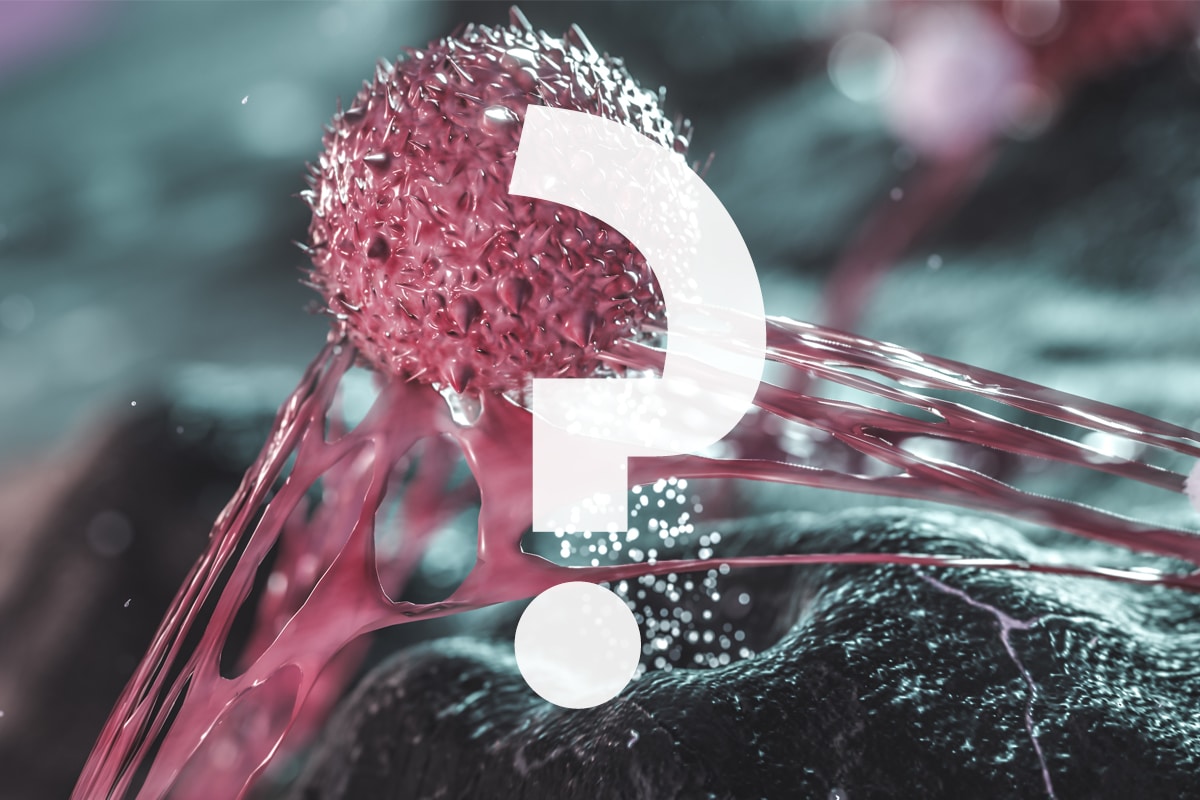
What is cancer?
Cancer is a general term for a large group of diseases, whose causes, characteristics and occurrence can vary greatly. There is no completely clear-cut definition of cancer.
There are over 260 000 people in Finland who have had cancer at some stage in their lifetime. Cancer is particularly a disease of older people. Due to population ageing, we have seen an increase in cancer incidence.
More and more people are able to recover from the disease. The scope for recovery depends on many things, such as the type of cancer and the tumour distribution. Many patients who cannot make a permanent recovery are able to live long lives due to developments in cancer treatment.
Cancer refers to the abnormal growth of cell tissue. Tumours are usually divided into benign and malignant. A benign tumour is localised, develops slowly and does not usually result in the patient’s death. Malignant or cancerous tumours develop more rapidly. They are not localised and are often fatal for the patient.
Cancer cells do not always form a compact tumour. Leukaemia, for example, is a cancer in the blood-forming tissue where cancer cells circulate in the body and behave to some extent like healthy cells. Eventually they displace healthy cells, preventing their normal function.
How does cancer start?
Carcinogenesis is a multi-stage process in which damage to a cell’s genetic material changes the cell from normal to malignant. The damage gradually accumulates in the cell’s growth regulatory system.
Cancer begins with a genetic defect. Human’s genetic factors, meaning genes, are located within the cell structures called chromosomes. Genes control cell functions, such as their distribution. Genes may undergo changes, or mutations, if the cell’s regulatory system fails. A single genetic fault will not usually be enough to cause cancer. Cancer develops when mutations take place in genes that play a crucial role in regulating cell growth and differentiation.
So-called cancer genes are genes that control a cell’s normal functions but which are simply damaged.
There are two kinds of cancer genes:
- Oncogenes, which are cancer generating genes, whose activation causes an uncontrollable distribution of cell tissue;
- Tumour suppressor genes or anti-cancer genes whose cancer inducing effect is due to the cessation of their activity ceases.
Damage to genetic material happens continually in many cells. But the human body contains a defence system developed over a long period, and this is able to repair the damage. If the system breaks down, damaged cells can start to divide uncontrollably, eventually leading to carcinogenesis.
A cancerous tumour contains billions of cancer cells. A cancer cell has to divide many thousands of times before a tumour is even the size of a pea. It can take years before a tumour is visible on an X-ray or can be felt by hand. But it can also grow much more rapidly